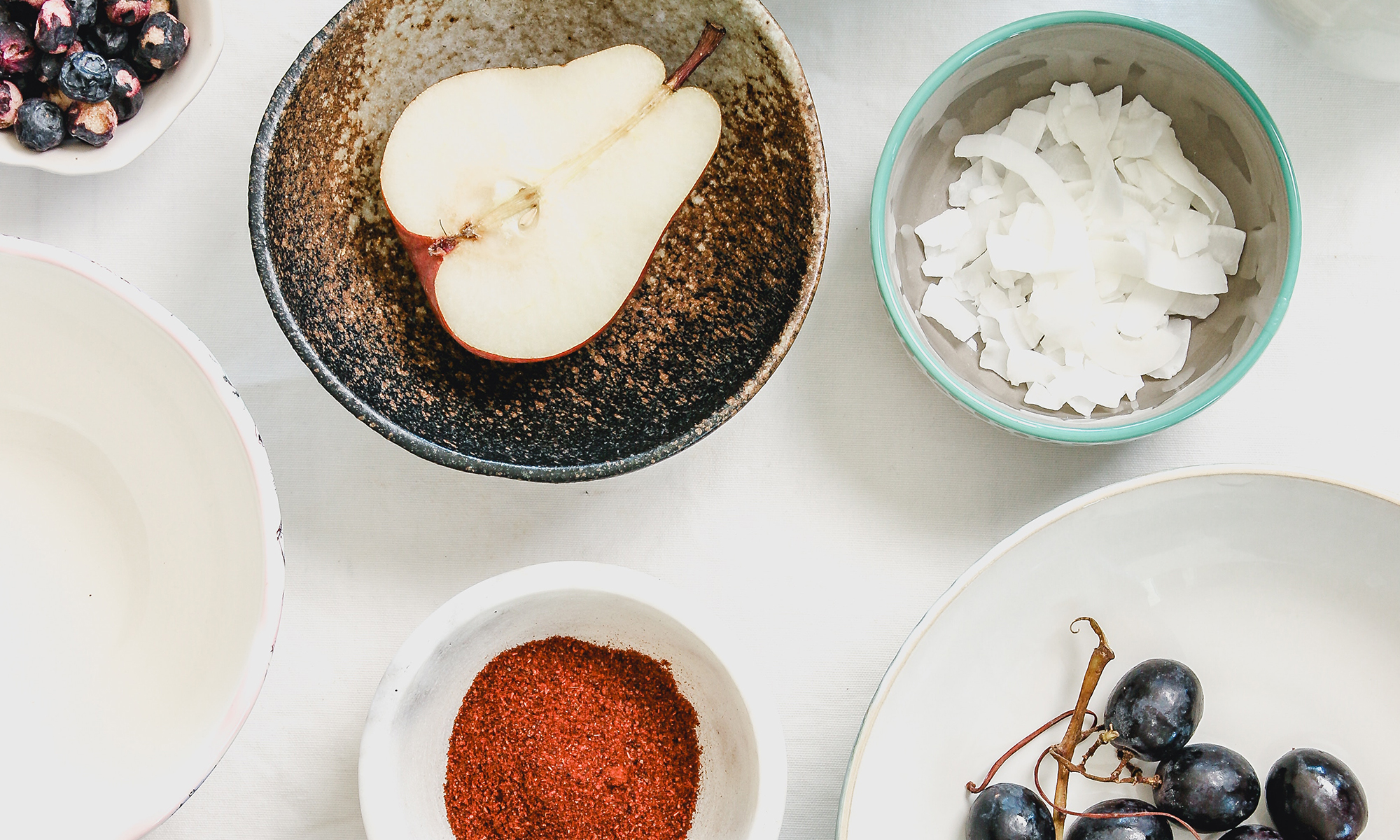In the spring of 1993, I had just returned from culinary school with a first place award for a food and wine pairing contest. The family gathered at my Aunt Carol’s apartment for a tasting of my winning dish – a puff pastry filled with peppered brie and dried cherry chutney – and the wine, a 1990 Fenestra Merlot from Livermore Valley.
To celebrate, my uncle Janusz brought a bottle of a fancy bottle of wine from St. Emillion, a region in France renowned for their Merlot wines. Surely, he thought, if the $15 Fenestra Merlot worked well, a more impressive bottle would be even better.
Tasting the wines on their own, the St. Emillion wine outshone the Fenestra. But when we tasted the wines with the “award-winning” appetizer, it fell flat. Both the Fenestra wine and the dried cherry-cheese stuffed puffs tasted better together than on their own.
How could two bottles of merlot pair so differently? The soil, the vintage, the vinification…. All these factor effect the flavor of the wine. The California wines tend to be more “fruit-forward” and the French wines lean toward earthy, leathery and dusty flavors. And these differences in flavor mean the wines will be enhanced by different foods.
Karen Page and Andrew Dornenburg tackle the complicated task of food and wine pairing in their new book, What to Drink with What You Eat.
Food and Wine pairing are like marriages: 5% sparkle, each component enhancing the other. 90% of just fine – neither part suffers for the pairing, but they are no better either. And the final 5% are just abysmal – each part actually tastes worse for being paired together. My usual pairing may get me into the high end of the “90% range.” This book helps you find pairings in the top 5%.
In the first section of the book, they give an overview of food and wine pairing. Their tips mirror what I have always believed:
- Think regionality: French wines with French foods, South American wines with Latin Food. The soil that inspired the wine similarly inspired the food.
- Think weight: a heavy red wine with a thick (heavy) steak. A light, bright Sancerre with Oysters on the Half Shell
- Think flavors – A chardonnay with hints of apple and oak would pair well with Pork and sautéed apples. Vanilla and warm spices of Pinot Noir would taste even better with vanilla scented pork.
- Think contrast – A tannic wine needs a rich dish to cling too. And an acidic white wine will cut through a rich cream sauce.
These tips are great if you can pick out the flavors in the wine on your own, but for most, this is the biggest challenge in wine pairing. And this book helps guide the reader in making these decisions. It’s like an index – listing each wine, each ingredient, and its appropriate pairing. The lists respect the different nuances of each grape varietal – for example, it suggests an Alsatian geuwurtztrimainer with choucroute but not a Californian – and of each meat – realizing that a lean flank steak will pair differently than a rich beef short rib.
You can search for pairings either by wine or by food. If you are serving chicken, you can by the main ingredient or by the flavors (perhaps you’re flavoring the chicken with tarragon). Or if you have a special bottle of wine, you can look up the wine to see what foods would go well with it.
This book is an excellent resource for enhancing your food and wine experience.


I really like their books, and how they are able to deconstruct and mix and match flavors. The guidelines are very simple, and really fool proof.